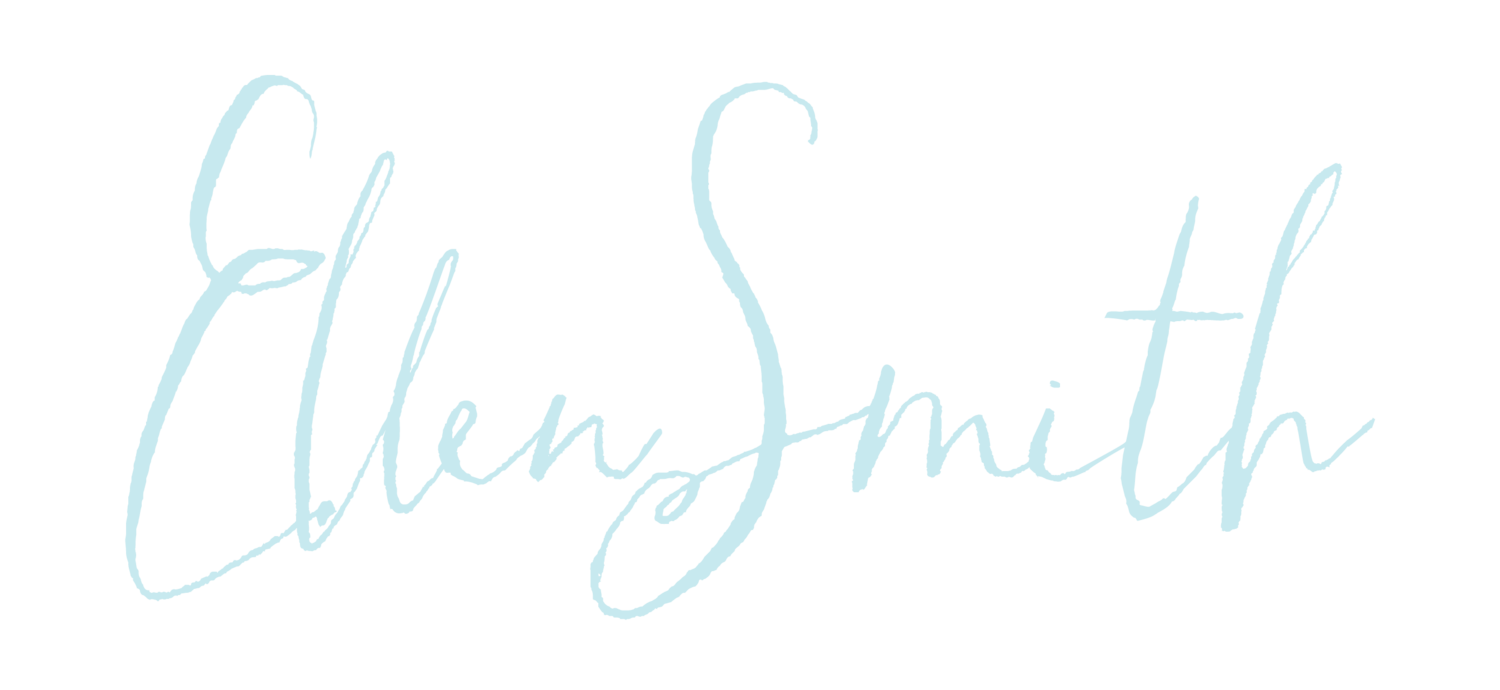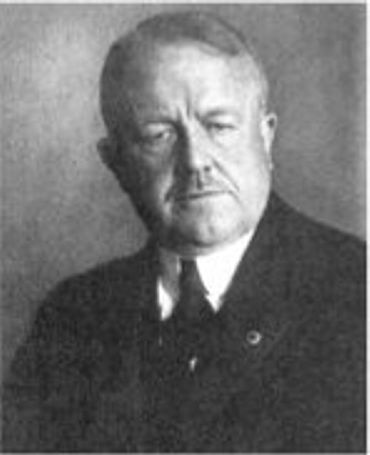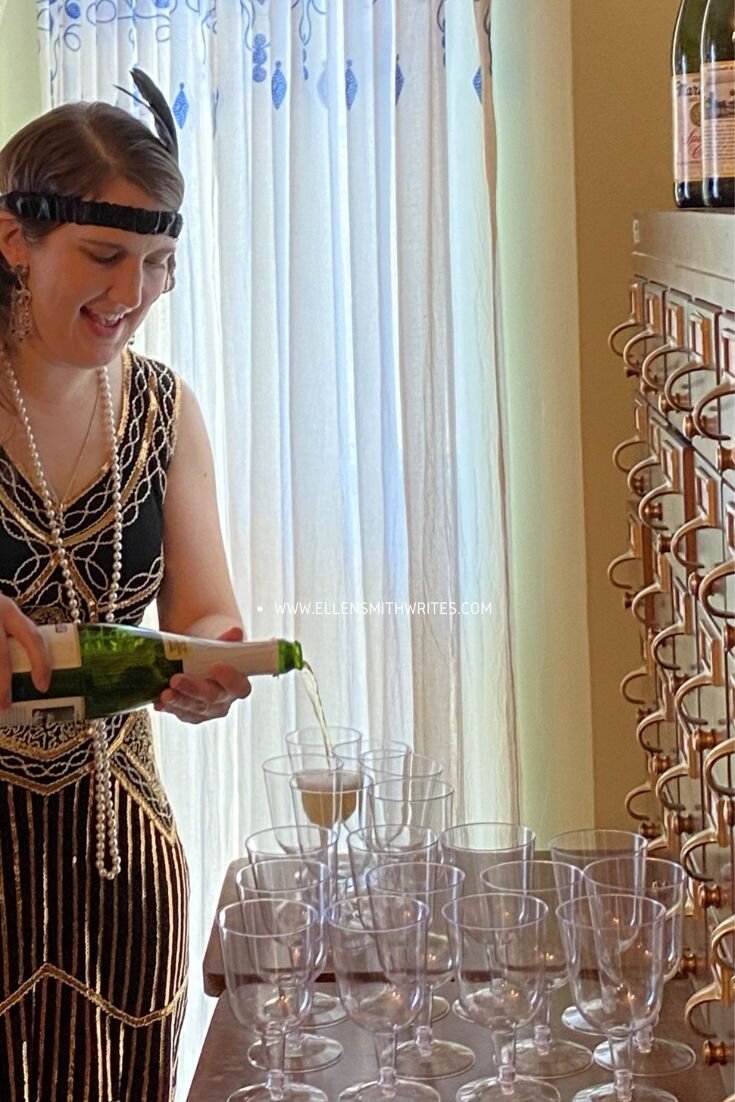What ever happened to Mara and Will Sterling?
At the end of Every Last Minute, I fully intended to have the second book of the trilogy published within the year. But, as it always does, life happened. There was a surgery that got complicated, a way-too-long recovery, and, just to top things off, a global pandemic.
Through it all, I kept re-drafting and rewriting parts of Mara and Will’s what-next. I knew what would happen, but as I experienced my own healing process, it made me more sensitive to what theirs would be like. At long last (and over thirteen drafts), I had a draft that felt right.
Now for the scary-fun part: turning it into a book.
One of the really fun steps to getting a book ready for publication is the cover design. I’m very fortunate to work with Monica Haynes of The Thatchery, who brings her passion for reading to her art. She really takes the time to dig deep into the story and offers suggestions and asks for input as she designs. The result always means a lot to me as an author, because it’s the first time I see how someone else visualizes this story that I imagined. (Did you know she was also the cover designer for Every Last Minute, Reluctant Cassandra, and Ghosts of Eagle Valley? See a full gallery of cover designs by The Thatchery here!)
As you can tell, I'm a HUGE fan of Monica's work! And while I might be slightly biased, her newest cover design may be my favorite yet! This is the cover for Any Second Chance, Book 2 of the Time Wrecker Trilogy.
Drumroll please...
Synopsis
New college graduates Will Sterling and Mara Gaines are ready to take on the world--together. With only two weeks to go until their wedding, Will and Mara are busy decorating their new apartment, preparing for two promising careers, and planning their future. They both feel lucky to have met their once-in-a-lifetime love.
Then a breaking news story turns Will and Mara’s happy world upside down. The sealed records maintained by the Department of Timeline Rectification have been hacked and leaked to the press. The data is shocking: in a span of just fifteen years, four and a half million Americans have been granted timeline rectifications. What was thought to be an occasional rehabilitation program for repentant criminals is far more routine than anyone guessed. Collectively, those named in the data leak become known as the Time Wreckers, the subject of national fascination and derision. No one knows which of those named in the leak were victims, which were criminals, or whether any of them can be trusted.
Will and Mara are shocked to see their names on the list, but more troubled to discover that they were married in their first life map, too. Even worse, their rectification took them back to a time before they met. Whatever the crime may have been, Will and Mara were willing to forget everything about that part of their lives, including each other. Does the fact that they found each other again prove that they were meant to be, or does it mean they’re about to make a huge mistake? Before they walk down the aisle, Will and Mara have to confront the truth about who they were…and decide how far they’ll go to find out.
Set in 2006, Any Second Chance is the second book in the Time Wrecker Trilogy.
I am so excited to share the cover design and synopsis for ANY SECOND CHANCE with you! Huge thanks to The Thatchery for once again creating such a beautiful book cover!
Stay tuned for the official release date—Book 2 is coming out later this fall!

















































